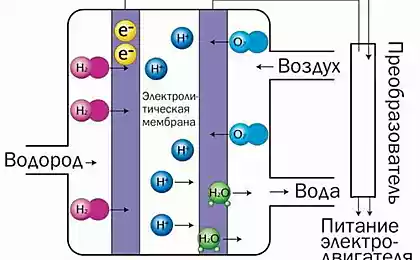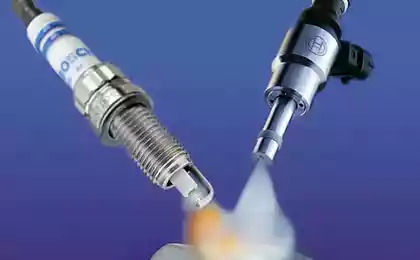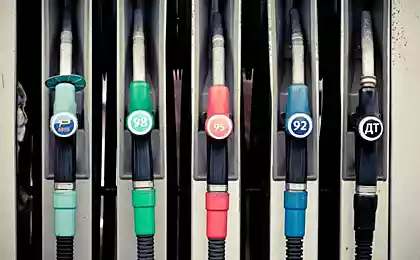170
Electricity from gasoline with fuel cell
Researchers at Washington State University have developed the first fuel cell capable of converting hydrocarbon fuels such as aviation kerosene or automobile gasoline directly into electricity, bypassing the preliminary conversion stage. Their invention paves the way for the creation of efficient sources of electricity for aircraft and cars.
The work of Professors Su Ha and M. Grant Norton is published in the journals Energy Technology and the Journal of Power Sources. The research began about a decade ago with the goal of creating a solid-oxide fuel cell to power commercial aircraft.
Fuel cells provide a clean and efficient way to convert the chemical energy of a fuel into electrical energy. In addition to being more efficient than other methods of generation and helping to reduce emissions of harmful substances into the atmosphere, fuel cells do not produce noise during operation, which is especially useful when servicing jet liners when their engines are turned off.
Solid-oxide fuel cells are like batteries. The element has a cathode, anode and an electrolyte, but it needs fuel to produce a continuous electric current. The process of fuel conversion based on electrochemical reactions is about 4 times more efficient than the generation of electricity using internal combustion engines.
Solid-oxide fuel cell differs from other varieties in that it is made of solid materials, as well as in that electric current is created by the flow of oxygen ions.
Typically, cells use a simple fuel, the so-called synthesized gas from a mixture of hydrogen and carbon monoxide. To get rid of the extra weight of the preconversion devices, the researchers set out to create a fuel cell into which liquid fuel could be fed directly.
In addition to developing a new process, scientists had to solve the problem of neutralizing sulfur, which is present in all fossil fuels. It leads to coking and rapid failure of fuel cells.
Using a unique catalyst material and innovative processing technology, Ha and Norton, together with colleagues from Kyung Hee University in South Korea and Boeing, have created a high-performance fuel cell that works directly with aviation fuel and its substitutes.
The researchers suggest that their fuel cell will be used to power auxiliary aircraft equipment. Currently, these devices, including navigation devices, lighting, etc., use the energy of turbines. According to Ha, the two technologies could complement each other and mutually compensate for systemic shortcomings.
In addition, the developers used gasoline to power the fuel cells, which gives hope that fuel-efficient vehicles will be able to use the existing infrastructure of filling stations instead of waiting for a network of hydrogen refueling stations to appear.
Source: facepla.net
Students from the Technical University of Denmark has developed a building envelope
Scorpions – smart architects























